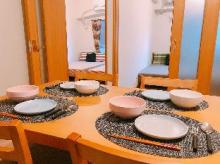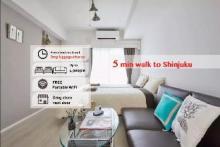Hibiya Park (日比谷公園 Hibiya Kōen) is a park in Chiyoda City, Tokyo, Japan. It covers an area of 161,636.66m2 (40 acre) between the east gardens of the Imperial Palace to the north, the Shinbashi district to the southeast and the Kasumigaseki government district to the west.
The land was occupied by the estates of the Mōri clan and Nabeshima clan during the Edo period, and was used for army maneuvers during the Meiji period. It was converted to a park and opened to the public on June 1, 1903.
On September 5, 1905 the park was the origin of the Hibiya Incendiary Incident, a major citywide riot that erupted in protest of the terms of the Treaty of Portsmouth which ended the Russo-Japanese War of 1904-1905. The Riots lasted two days resulting in seventeen people being killed and 331 arrested, as well a large amount of property damage. The riots were not only against the unfavorable terms of the treaty but also due to bureaucrats who refused accept the will of the people in regards to Foreign policy.
The park is famous for the Shisei Kaikan (市政会館), a brick building built in Gothic style in 1929, which once housed the Domei Tsushin state wire service and its postwar successors Kyodo News and Jiji Press. This Park is also home to the "Risky Ginkgo," A Ginkgo tree that is about 500 years old and almost cost the park's designer his job when he fought to save the tree in 1901.
The park is also known for its open-air concert venue, Hibiya Open-Air Concert Hall (日比谷野外音楽堂), and for its tennis courts (for which reservations are hotly contested due to their proximity to the financial and government districts). World War II took a toll on the park when almost all the trees and fencing was used for the war effort.









